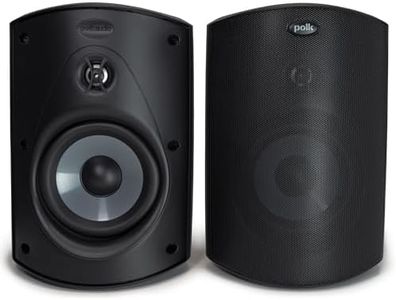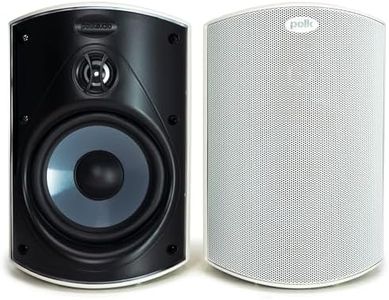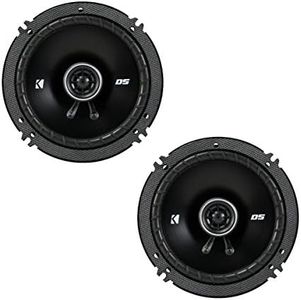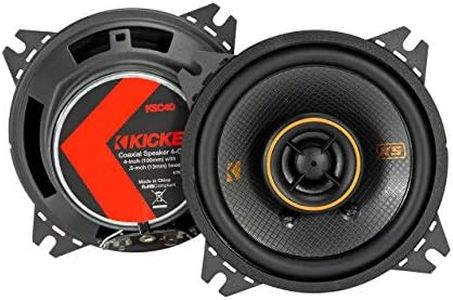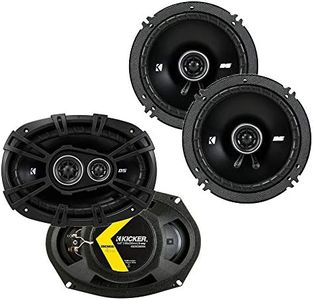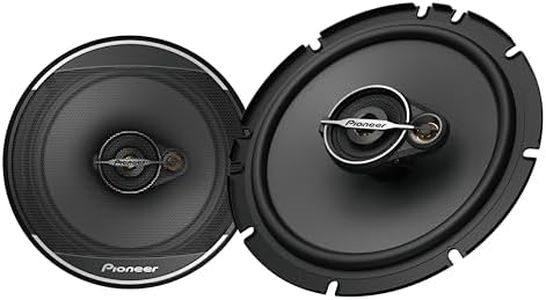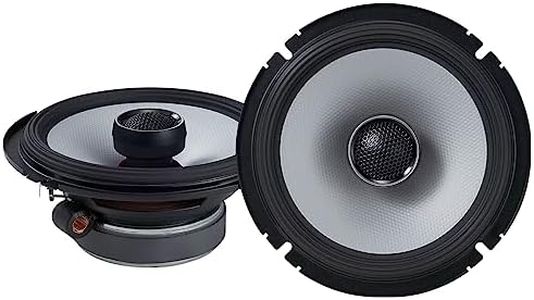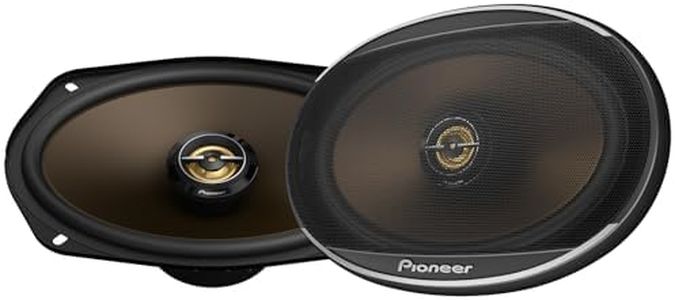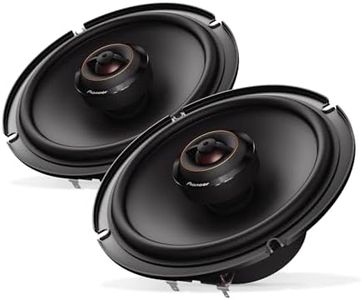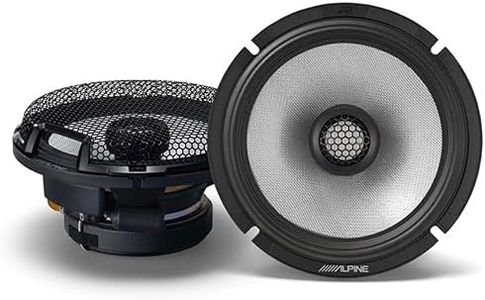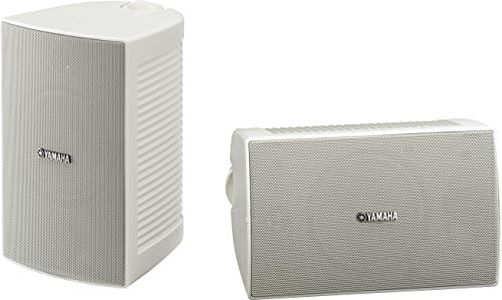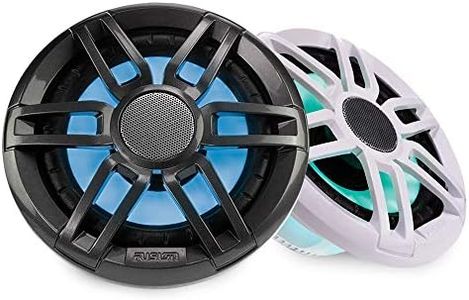We Use CookiesWe use cookies to enhance the security, performance,
functionality and for analytical and promotional activities. By continuing to browse this site you
are agreeing to our privacy policy
10 Best Door Speakers
From leading brands and best sellers available on the web.Buying Guide for the Best Door Speakers
When choosing door speakers for your car, it’s important to focus on how they will fit into your vehicle, provide the type of sound you enjoy, and match with your existing audio setup. Since your listening preferences and the music you enjoy can vary, understanding the key features of door speakers will help you pick the right match for your needs. Remember, paying attention to the compatibility with your car and how easy the installation will be can also save you from a lot of hassle and help you get the most out of your upgrade.Speaker SizeSpeaker size refers to the diameter of the speaker cone and is one of the most important factors because it determines if the speaker will physically fit into your car’s door space. Common sizes range from 4 inches up to 6x9 inches, with larger sizes generally providing more bass and clearer sound. However, bigger speakers may not fit every door, so it’s essential to measure your current speaker openings or check your vehicle’s specifications. If you want more bass and have the space, go for larger sizes; if your space is limited or you prefer clearer vocals, sticking with the size your car originally came with is a safe choice.
Speaker Type (Coaxial vs. Component)Speaker type determines how the internal parts are arranged within the speaker. Coaxial speakers combine the woofer (for low sounds) and tweeter (for high sounds) into one unit, making them easy to install and suitable for most users. Component speakers separate these pieces, leading to potentially better sound quality but a more complex installation. If you value simplicity and a quick upgrade, coaxial speakers are perfect; if you’re seeking the best sound and don’t mind extra installation work, consider component speakers.
Power Handling (Wattage)Power handling, measured in watts, tells you how much power a speaker can handle without damage. This includes RMS (continuous power) and peak (the highest it can handle in short bursts). A higher RMS rating generally means better, louder, and cleaner sound, but only if your car’s stereo or amplifier can provide that power. If you’re using the standard car stereo, medium-range wattage is enough; if you have a powerful amp, look for higher RMS ratings to maximize your speaker's potential.
SensitivitySensitivity measures how much sound a speaker produces from the power it receives and is usually shown in decibels (dB). Higher sensitivity (above 90 dB) means the speaker will play louder with less power, making it ideal for use with stock or lower-powered stereos. Lower sensitivity speakers may need more power but can handle loud volumes and deliver high-quality audio with external amplifiers. Choose higher sensitivity if you're keeping your car's factory stereo and lower sensitivity if you have or plan to add a strong amplifier.
Frequency ResponseFrequency response shows the range of sound a speaker can produce, listed in hertz (Hz). A wide frequency range means the speaker can cover both very low (bass) and very high (treble) sounds. If you listen to bass-heavy music or want to feel the drumbeats, look for a speaker with a lower starting frequency. If crisp vocals and bright melodies are important, make sure the higher end of the range is sufficient. Most users will be happy with speakers that cover the typical range of human hearing (about 20 Hz to 20,000 Hz).
Build MaterialThe materials used for the speaker’s cone, surround, and tweeter affect both sound quality and durability. Paper cones are light and responsive but less durable; polypropylene and other synthetic materials are popular for their good sound and long life, especially in changing temperatures and humid environments. If you live somewhere hot or humid, choose speakers with weather-resistant materials. If you’re an audio enthusiast, you might prioritize premium materials like silk tweeters for smoother highs or woven fibers for punchier sound.

